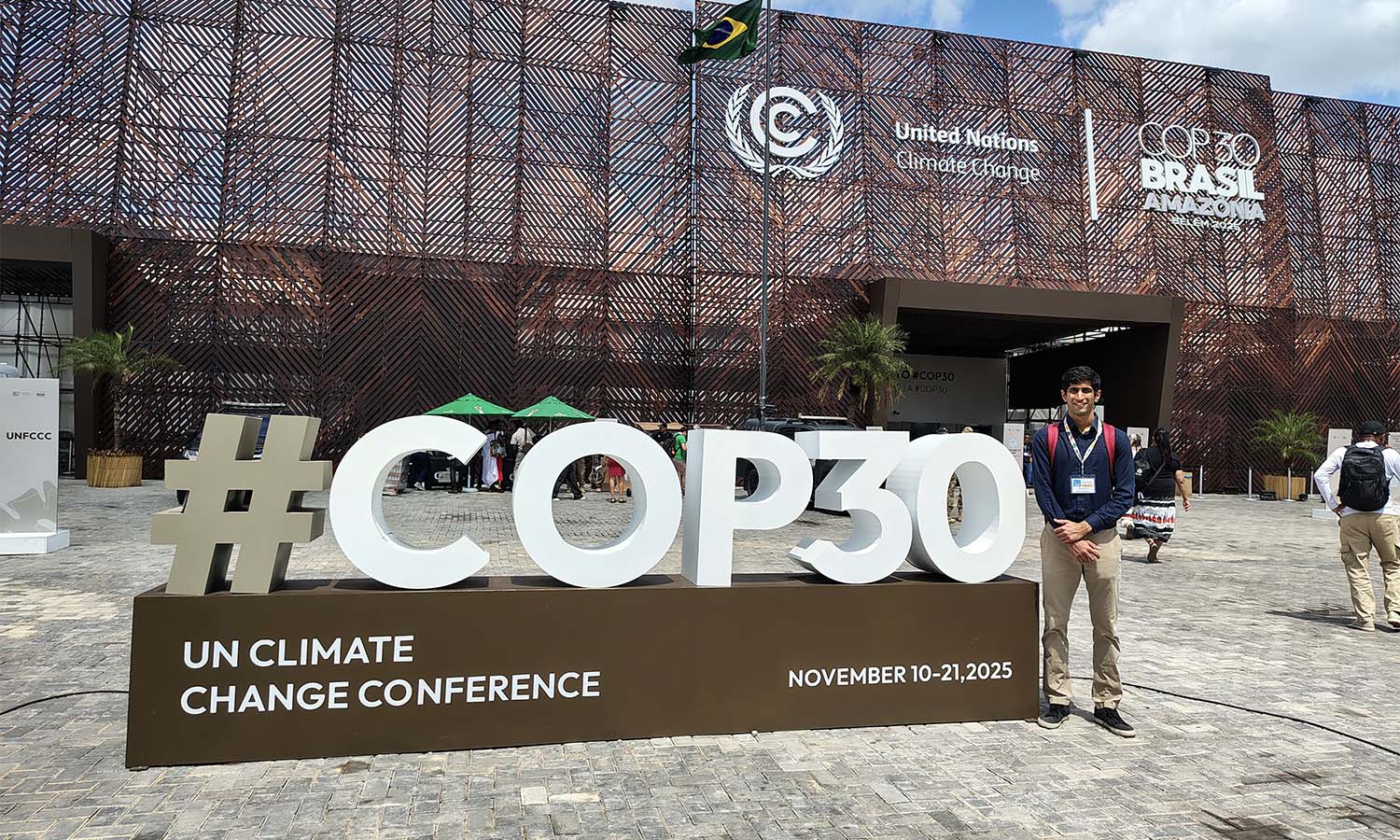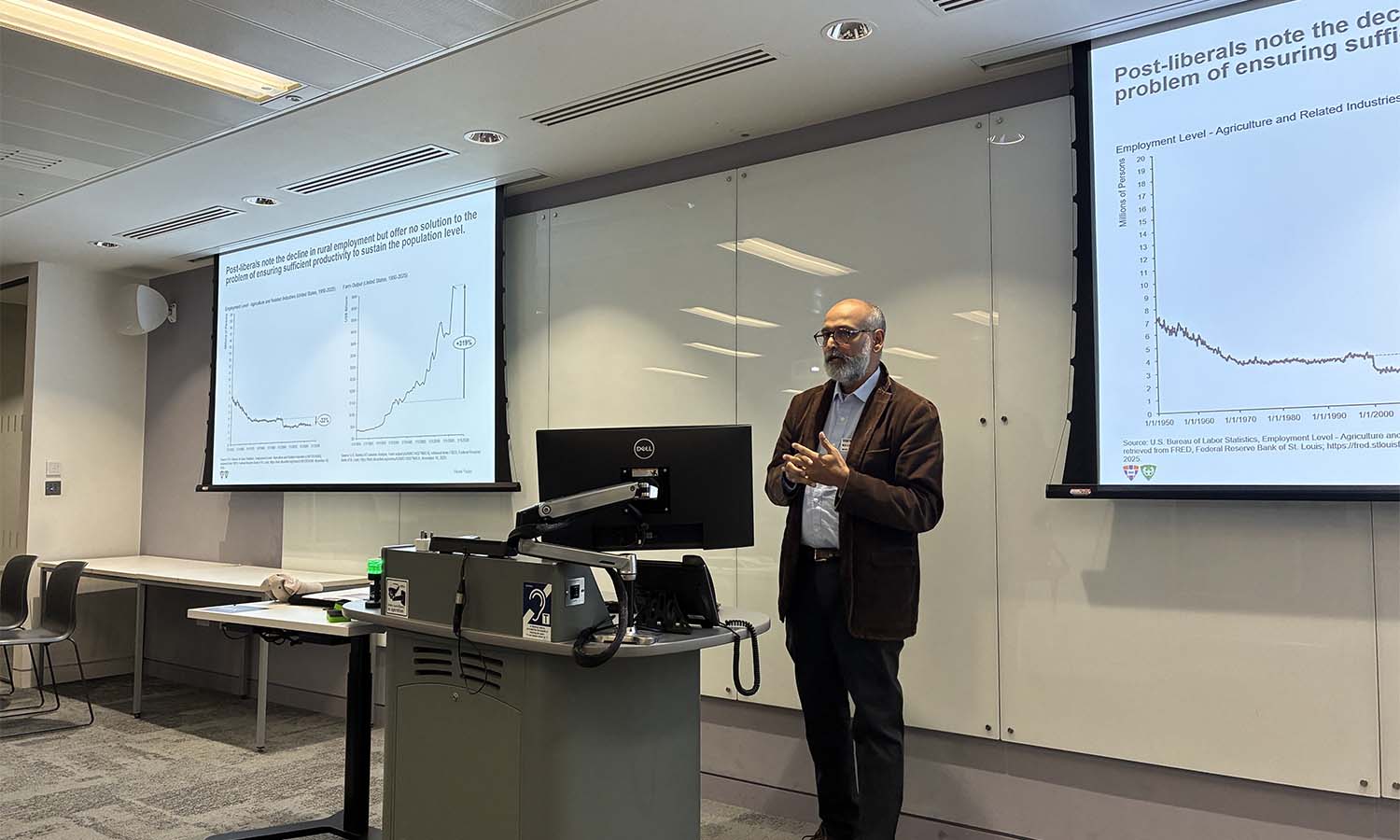
HWS News
14 March 2024 • Faculty • Research • STEM Halfman Publishes Two Papers on Finger Lakes
Salt concentration explored with MaryBridget Horvath ’24 and published in Antropocene; and, Internal waves, seiches, and surges published in Limnology and Oceanography.
Professor of Environmental Studies John Halfman has published two articles regarding chloride hydrogeochemistry and internal waves in the Finger Lakes.
In “Chloride hydrogeochemistry of the Finger Lakes in Central and Western New York, USA,” which appears in the journal Anthropocene, Halfman and MaryBridget Horvath ’24 examine the change in chloride (salt) concentrations in the Finger Lakes during the 20th century. The results were split into two groups. In the first group, Seneca and Cayuga lakes experienced a decade-long spike in salt concentration in the middle of the 20th century.
“We hypothesize that the spike resulted from the input of substantial salt mine wastes before the establishment of the Environmental Protection Agency,” says Halfman.
In the second group, Hemlock, Honeoye, Canandaigua, Keuka, Owasco, Skaneateles and Otisco lakes revealed smaller and stepped increases in salt concentrations and fluxes over time. These trends were interpreted as increased road deicing salt use in their watersheds. Skaneateles and Owasco lakes were exceptions as their data suggest lower road salt application rates are used in these watersheds than the others in the area, presumably to protect their drinking water supplies.
Meanwhile, in “Internal wave resonance, surges, and strong nonlinear damping differentiated in two elongated lakes with the aid of an original Green’s function,” published in the journal Limnology and Oceanography, Halfman and his co-authors create a damped-oscillator model to reproduce the irregular wave motions of the fundamental internal-seiche, a standing wave oscillating in a body of water along the thermocline, caused by a constantly varying winds. The model was demonstrated on the elongated but dissimilarly sized Owasco and Seneca lakes. The model extracts the seasonal changes in the internal-seiche frequency and the seiche’s amplitude-decay-time, despite the simultaneous presence of nonlinear surges. The results show that surges rapidly degrade internal wave energy, within about one internal-seiche period for Seneca Lake, and two for Owasco. “This article would not have been possible without the mathematical genius of co-author Jim Long,” Halfman says.
“We attribute the difference to Seneca Lake’s greater inherent nonlinearity as computed with an established nonlinear parameter, which we showed can be field determined in lakes with surge-limited internal seiches through the ratio of the internal seiche period to the seiche decay time,” says Halfman.
A reason to study oscillations in the depth of the thermocline is because this temperature boundary between the summer’s warm surface water and cold bottom water is critical to biological, chemical, physical and other processes in lakes. For example, fishermen suspend their lures just below the thermocline to catch lake trout, and algae thrive in the warmer/sunlit surface waters.
Halfman has taught at HWS since 1994 in courses such as “The Fluid Earth,” “Environmental Hydrogeology,” “Limnology,” “Energy” and “Introductory Environmental Science.” His teaching interests include Geolimnology, Hydrogeochemistry, Paleoclimatology and Sedimentology. He is also one of the people behind the creation and development of HWS’ Finger Lakes Institute. Building on Lake Superior and the East African Rift Lake research before coming to HWS, his current research interests focus on the Finger Lakes and include the collection of limnological and hydrogeochemical data to investigate records of environmental change. Current projects include the hydrogeochemical impact of zebra mussels on these lakes, the source and fate of non-point source pollutants within these watersheds, and water quality variability between watersheds. He also investigates the high-resolution records of climate change that are preserved in the Holocene sediments of the Finger Lakes.



